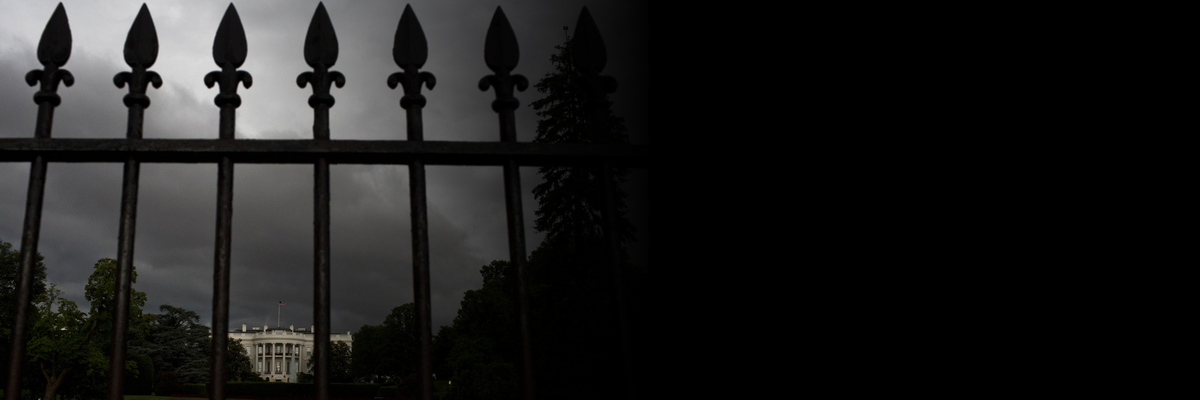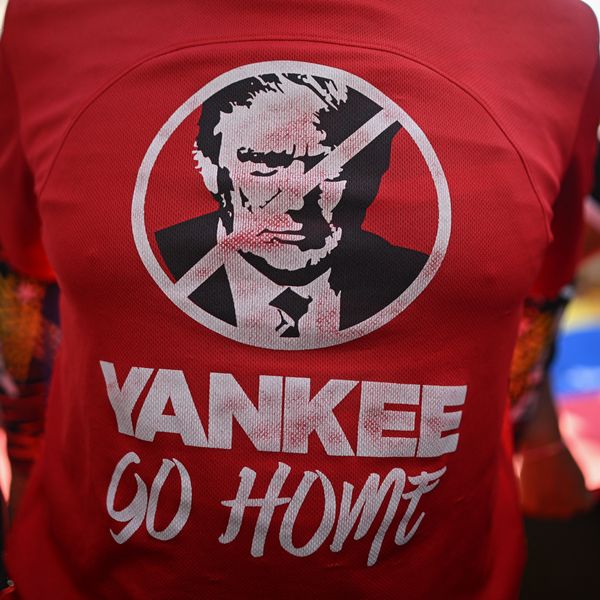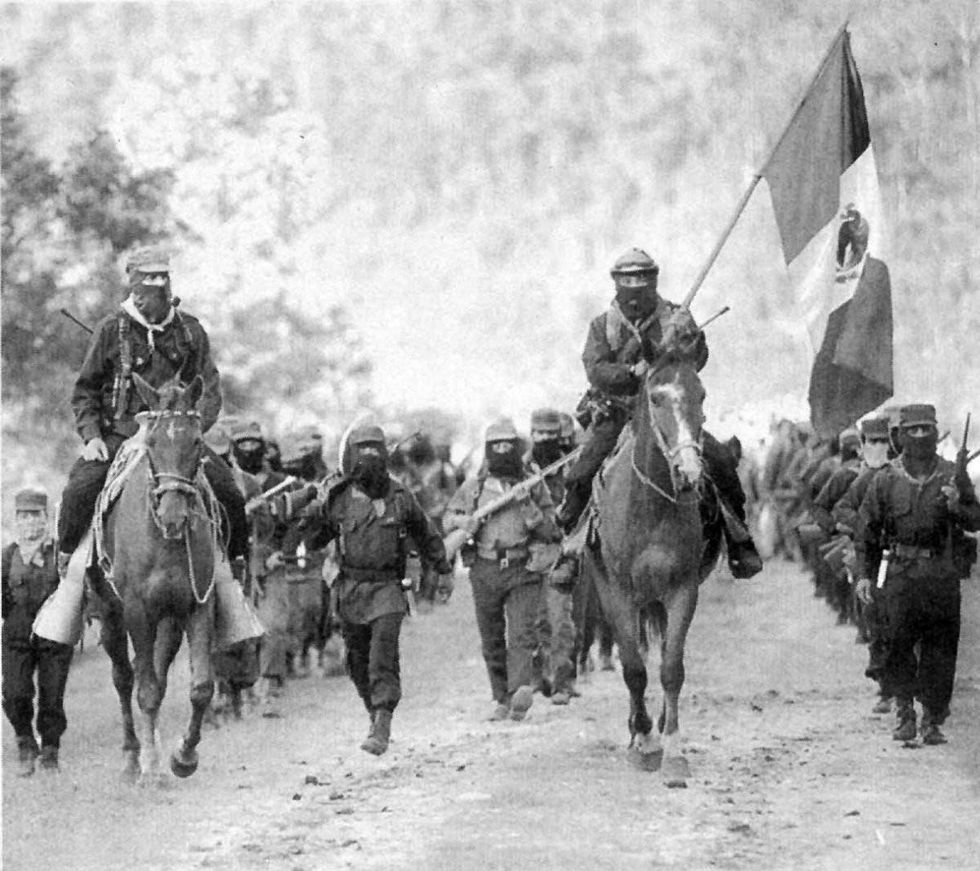American political history is usually told as the story of what political elites say and do. The twists and turns, advances and setbacks, wars,
disasters and recoveries, are said to be the work of the founders, or of the presidents, or of the courts, or of the influence of a handful of great people who somehow emerge from the mass.
But this history can also be told as the story of the great protest movements that periodically well up from the bottom of American society and the impact these movements have on American institutions. There would be no founders to memorialize without the Revolutionary-era mobs who provided the foot soldiers to fight the British; no films about the quandaries of Abe Lincoln during the Civil War without the abolitionists and the thousands of runaway slaves; no Labor Day to celebrate without the sit-down strikers; no Martin Luther King to beatify without a movement of poor blacks who defied the Southern terror system.
When historians look back at the decades of the transition to the twenty-first century, I think they will see a distinctive era of tumult and protest, in the United States and across the globe. The perspective gained by the passage of time will show the broad similarities of these protests--both in their scale and in the societal upheavals they reflect and foretell--to the popular insurgencies of the nineteenth century that accompanied the spread of capitalist industrialization. In both periods, dramatic changes in the economy meant new hardships, broken compacts, and the uprooting of peoples from familiar places and accustomed ways of life. In the nineteenth century, some named the new system driving these developments "capitalism" or "industrialism." Now we name the monster machine propelling diverse local disasters "neoliberal globalization."
It is not easy to fix the exact moment that this era of popular protest against neoliberalism began. Maybe it was with the rise of the indigenous Zapatista movement in the early 1990s. Peasants from the Lacandon jungle armed themselves with wooden rifles (as well as real guns) and proclaimed neoliberal globalization as the target of their protests. Remarkably, they found an eager worldwide audience, and their uprising helped to give energy and elan to the emerging global justice movement. Soon after, in the wake of the imposition of austerity policies by the IMF and international finance, popular insurgencies spread across Latin America, toppling governments and challenging American domination of the hemisphere, with consequences that are still unfolding. Other uprisings spread across North Africa, from Tunisia and Egypt to Libya and Syria. Meanwhile, youthful insurgents mounted protests against austerity policies across Europe. In England, groups like UK Uncut targeted austerity policies, which were also the backdrop for the huge street riots in 2011; in Spain, there were the Indignados; in France, the riots by young people from the banlieues; in Greece, anarchist youths mounted continuous street protests against the austerity measures imposed by the Greek government and European financial overlords; and students in Canada, the UK, Chile and elsewhere mobilized campaigns against higher fees and mounting student debts. In Quebec, a large and tenacious student movement even won its main demands.
This worldwide upheaval is also unfolding in the United States. True, there was an interregnum after the Battle of Seattle in 1999, when not much seemed to be happening, even as inequality soared, wages stagnated, and public programs were slashed. Then, in the face of growing anti-immigrant fervor, the immigrants' rights protests erupted, followed by the activism of immigrant youths over the Dream Act. New attacks on public-sector worker rights in states where Republicans made gains in 2010 led to huge and sustained protest rallies in Madison and elsewhere, and in Ohio the attack was beaten back. In Chicago, the teachers union took on Mayor Rahm Emanuel and together with mobilized parents won a contract fight that highlighted not only job security but educational quality. And in recent weeks, small-scale actions by Walmart warehouse and retail workers associated with OUR Walmart have raised hopes for a union breakthrough at the world's retail giant. And of course there is Occupy, the chameleon-like movement that is the master of the spectacle and the message.
In fact, it is spectacles and messages, parades and banners and exultant crowds, that usually come to mind when we think of movements. Those images do indeed convey part of what movements do: they use the drama of the street spectacle to raise issues that political elites paper over and to recruit new adherents to the movement. Sometimes movement drama and spectacle even succeed in dispelling some of the rhetorical fog and complexity that obscure what is actually happening in government.
But the great movements that changed the course of our history accomplished more than spectacle and communication: they actually exercised power. They forced elites to inaugurate reforms that they otherwise would have avoided, as when the writers of the Constitution bent to popular enthusiasm for direct democracy and ceded to voters the right to elect representatives to the lower house, or when the Thirteenth Amendment was passed during the Civil War ending chattel slavery. Or, later in the nineteenth century, when Congress responded to widespread agitation among farmers and workers with legislation to curb monopolies. Or in the 1930s, when the national government finally granted workers the right to organize and inaugurated the first government income-support programs. Or when the Southern apartheid system was struck down in response to the civil rights movement. Or when the antiwar movement helped to force the withdrawal of American forces from Southeast Asia.
None of these reforms were as far-reaching or complete as movement activists had hoped, but neither would any of them have occurred without those movements. So just what is it that movements do that sometimes gives them power, at least so long as the movement is surging?



